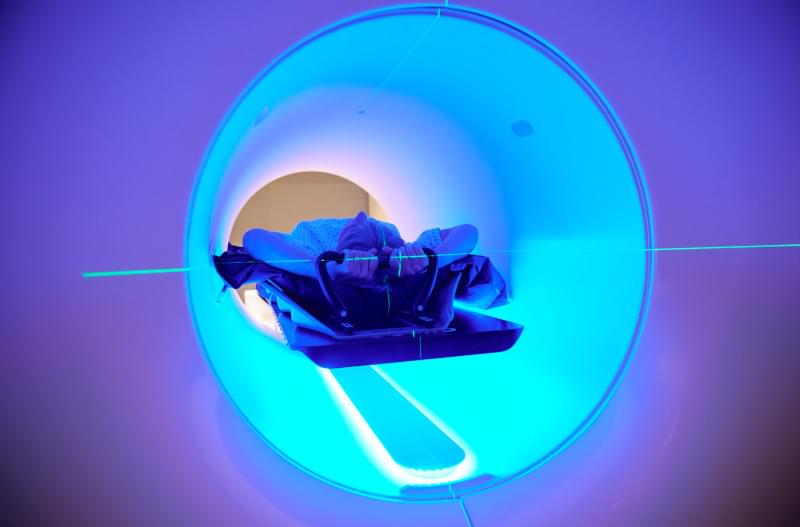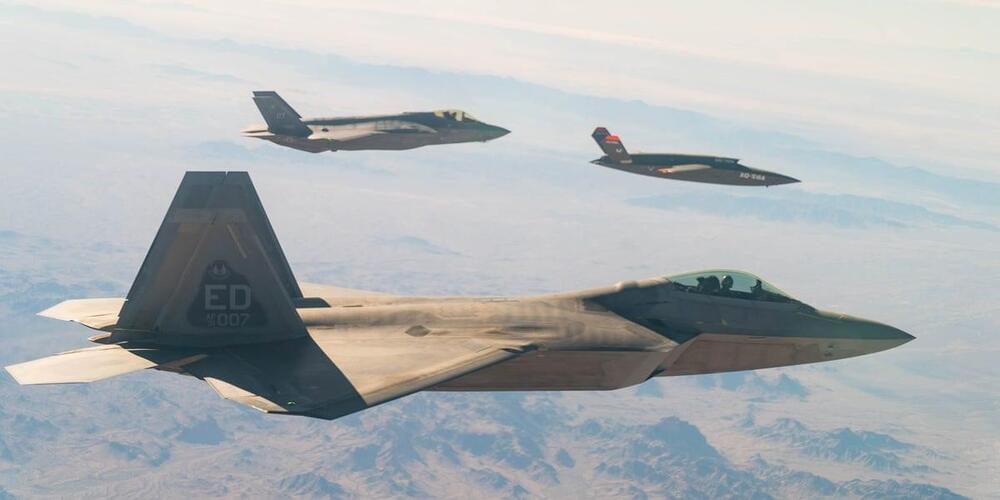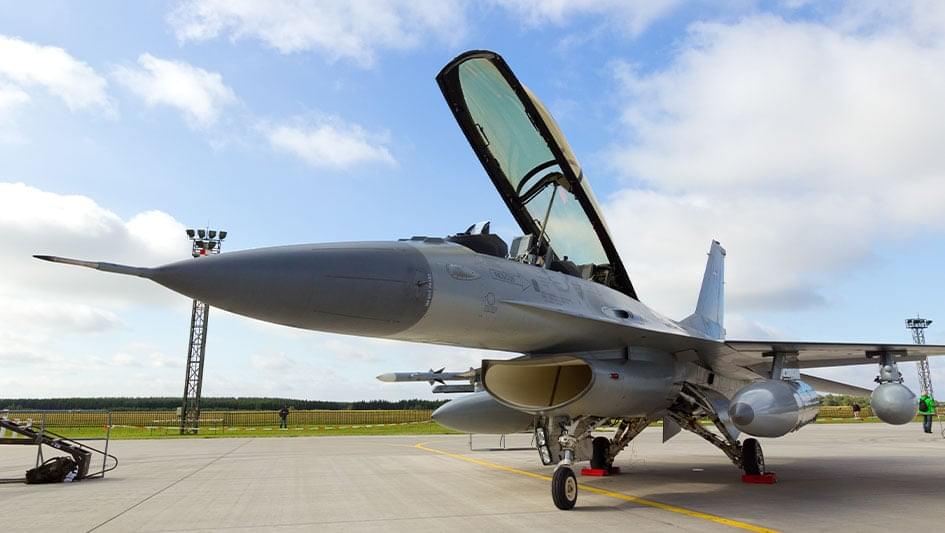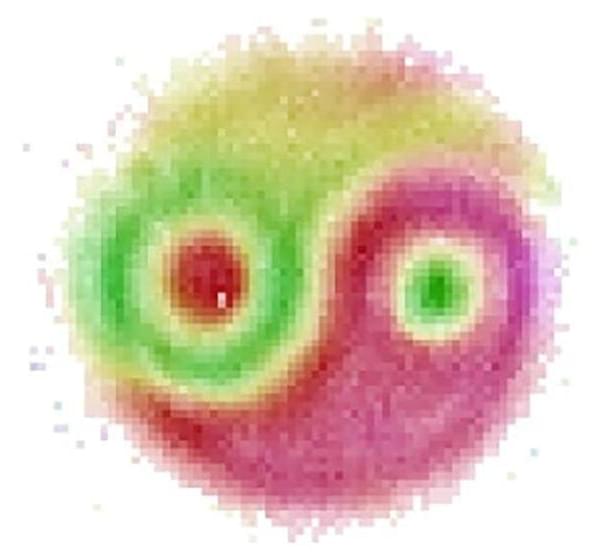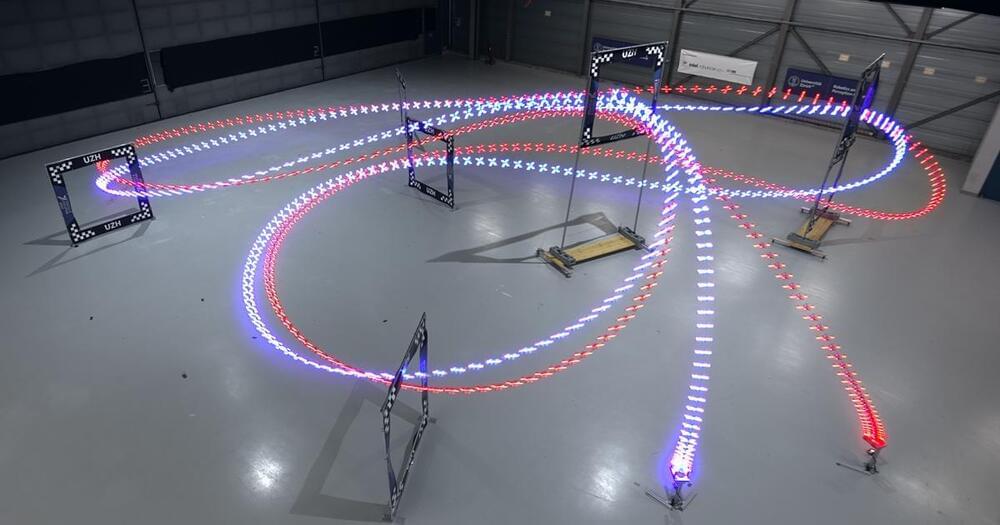Sep 2, 2023
Stanford Medicine first to try out novel tumor-targeting radiation therapy machine
Posted by Shubham Ghosh Roy in category: biotech/medical
Radiation therapy is a key component of care for many types of cancers. But some tumors can be more difficult than others to treat. Cancers in the lungs, for example, move with each breath, while tumors that have metastasized to many places in the body can require repeated radiation sessions.
Earlier this week, Stanford Medicine launched a new method of delivering radiation that uses signals from cancer-targeting molecules called tracers to target tumors in real time. It is the first time the new approach, known as biology-guided radiation therapy or SCINTIXTM, has been used in a clinic.
